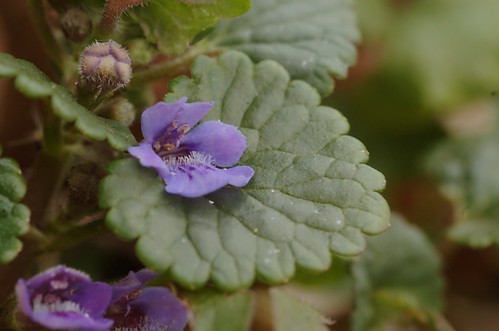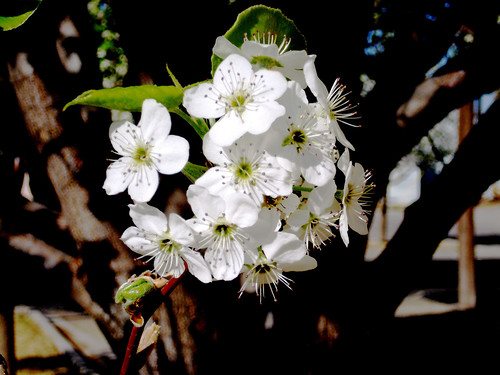
In the last post, TheGardenLady explained the problems caused by invasive plants – that is, plants that have come into the environment and take over the native plants’ environments, eventually choking out the native plants. In this post, TheGardenLady explains how invasive plants came to this country.
Some invasive species came accidentally in ship ballast, packing materials or even on people who travel around the world and return with small seeds adhereing to shoes or clothes, etc.
Some came purposefully.
Some were brought as medicine or food. Ground ivy, Glechoma hederacea, with many common names one of them being Gill over the Ground, is an invasive that was brought here by our earliest settlers. Ground ivy has a long history of use in alternative medicine and as an edible herb, dating back to the first century A.D. Ground ivy was considered to be such a miracle medicine that it is said to be one of the first herb and edible plants brought to the North American continent. Now it has become so invasive that it is the bane of most people with lawns and there is not much one can do to get rid of it other than repeatedly plowing every tiny stem of the plant until it finally gets killed. But even saying that repeated plowing will kill the ground ivy may be wishful thinking because it sends out runners and may come to our lawn from a neighbor’s.

Some were brought for horticultural use. The Callery pear was brought here from China and was used to decorate streets, parks and gardens. The thought was that the Callery pear would not fruit and was therefore sterile. They didn’t know that when the callery pear met other desirable pear species in this country, it wasn’t so sterile and started going forth and multiplying. See here.
